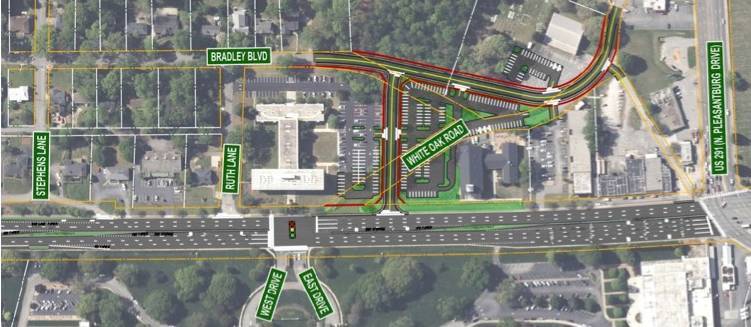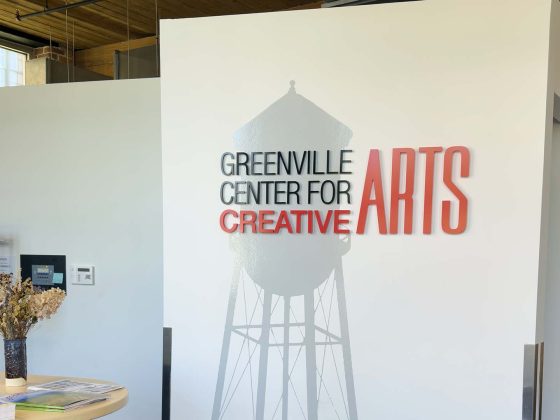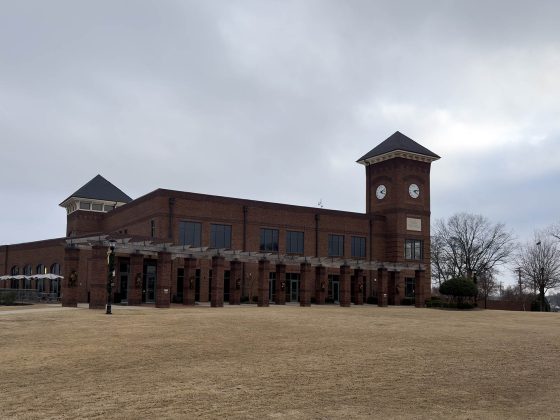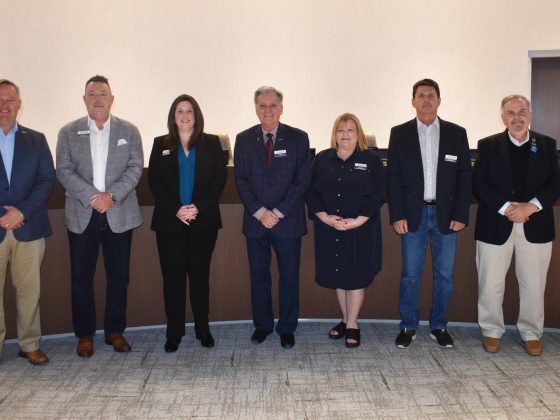The city of Greenville recently outlined a Wade Hampton improvement project between Church Street and Pleasantburg Drive.
It would reduce lanes on both sides to make room for landscaped medians, protected bike lanes and wider sidewalks. Facebook comments under numerous articles reporting on the plan were largely unsupportive of the project for various reasons, but two of those reasons in particular struck me as interesting.
One reader commented that the proposed changes to Wade Hampton were representative of planners wanting to make Greenville “a big city.” Another commenter, however, suggested that the plan would make sense in a small town that wants to remain a small town, but not in a growing area like Greenville.
Whether lane reductions and bike lanes make more sense in small towns or big cities, it’s clear that not everyone wants them here. But that kind of thinking is common across the country. Changes to infrastructure always seem like they would be a good idea in other places, but for some reason we never think they’ll work right here in our backyard.
The truth is, as decades of studies have shown, these kinds of changes are effective everywhere. Greenville is no different. Narrowing roads and allowing for alternative modes of transportation reduces congestion and improves safety for drivers, pedestrians and cyclists alike. Plans like the Wade Hampton overhaul work in both big cities and small towns, but where they’re most important is in places like Greenville that are experiencing rapid growth — growth that’s going to continue whether we like it or not.
Brett Williams













